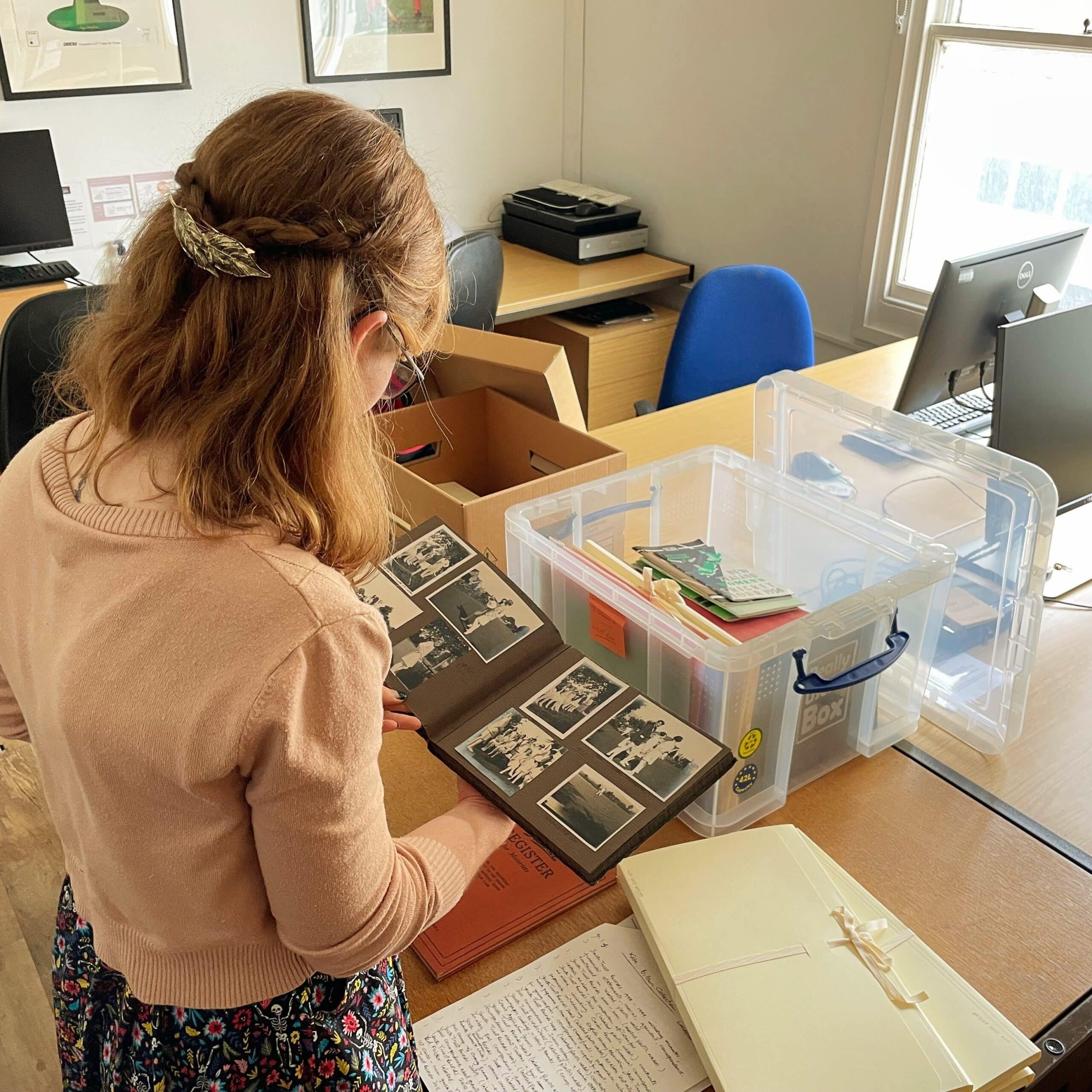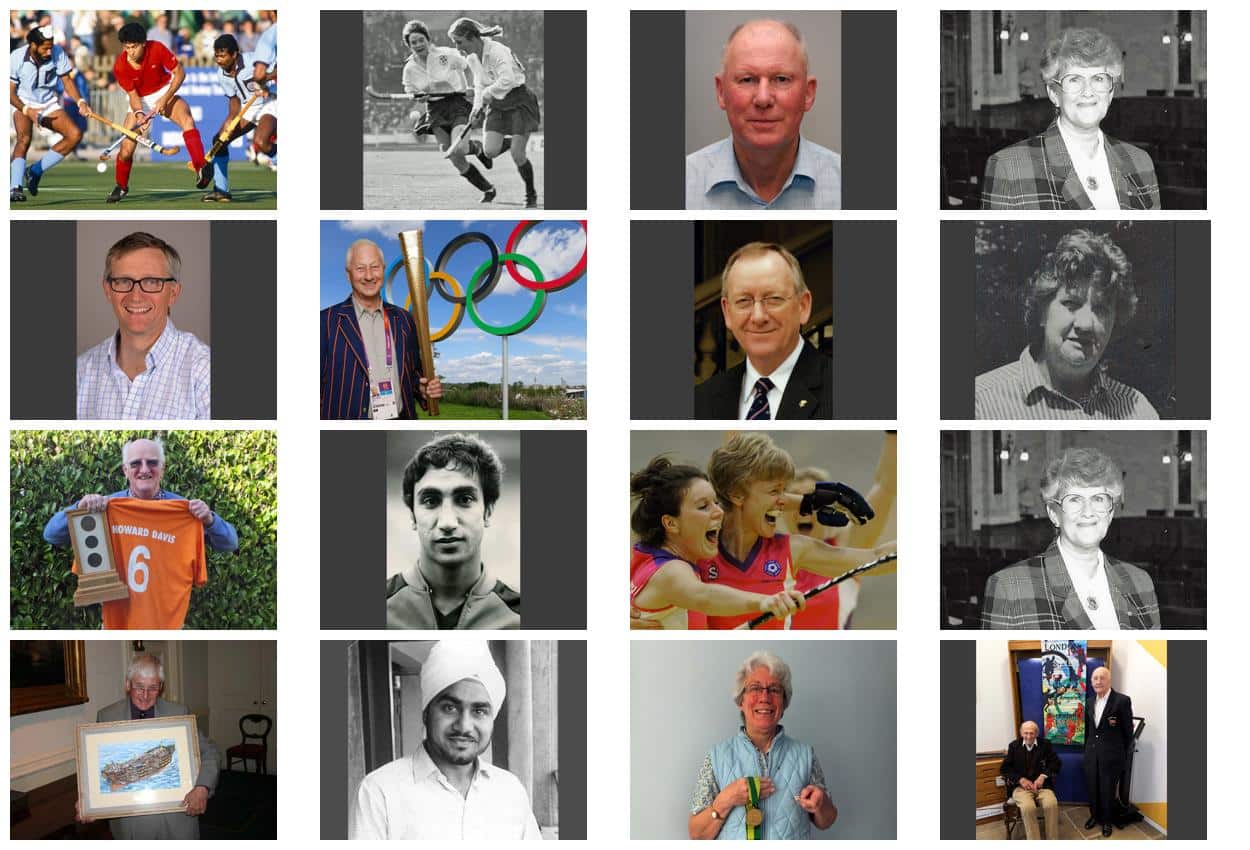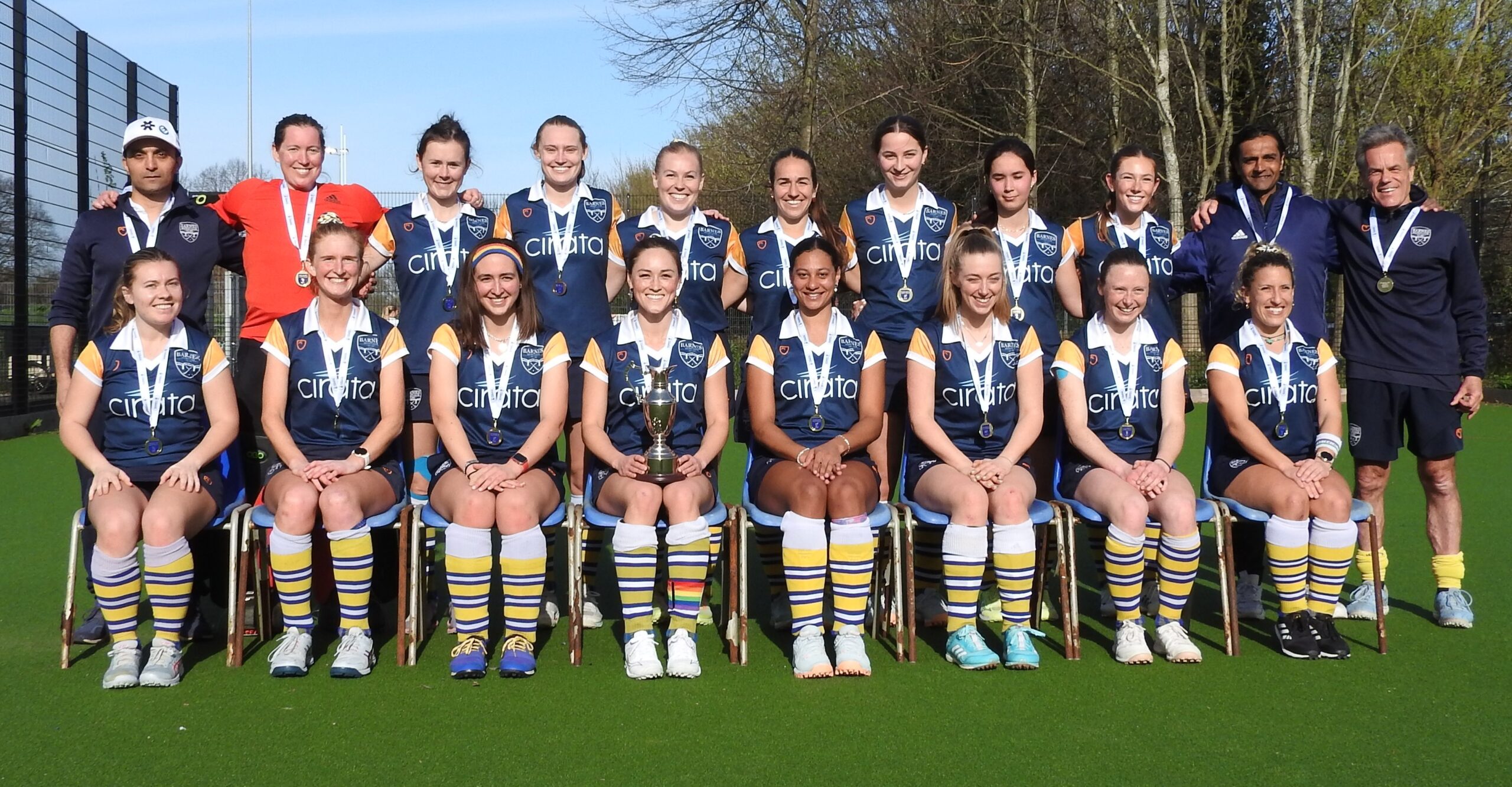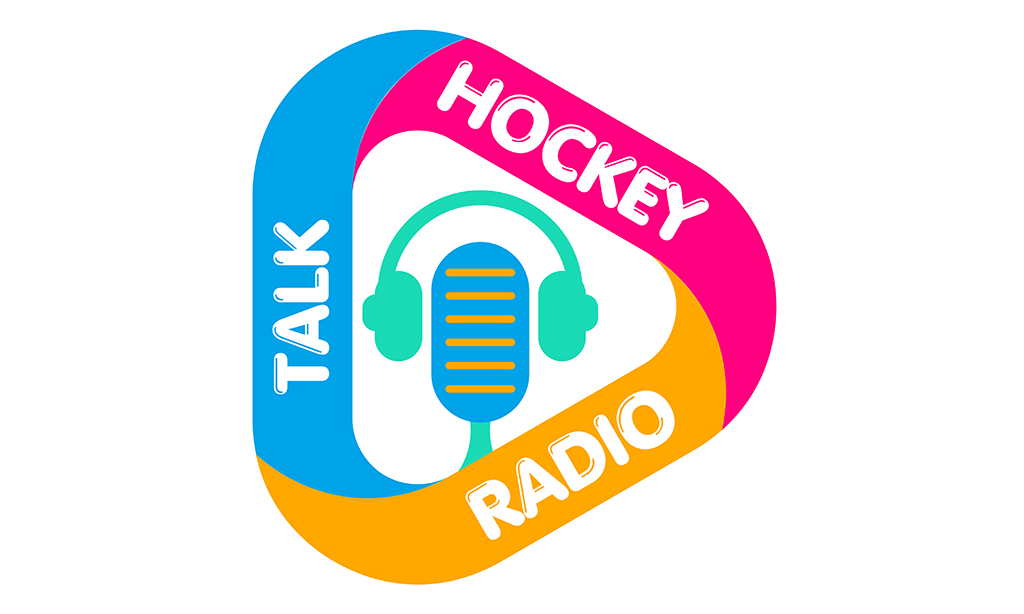The Hockey Museum (THM) has been working on a project to develop ‘finding aids’ for our archives. The purpose of this project is to make our archives more accessible to people to people wanting to engage with the history they hold, whatever their interest or background. It is part of the Museum’s strategy to broaden audience engagement and increase awareness of the content of our collection.
If you’ve not had anything to do with archives before, a good way of thinking about them is that they’re just like fossils. Similar to how palaeontologists take a collection of individual bones to recreate the skeletal shape of a dinosaur, an archive is a collection of documents and records that, when pieced together in their right order, create a skeleton of history for us to look at. While they may not be as tangible or glamourous as century-old hockey equipment or an elaborate artwork, archives reveal the paths taken to reach certain decisions and developments over the course of history. In THM’s case, archives capture and evidence this detail for hockey and touch on broader narratives of human history.
The peril with archives is that if you don’t know where to start, they just look like looming mountains of paper. This is where a finding aid comes in – finding aids offer an outline of what is in an archive and how that archive is organised. Rather than just throwing out a seemingly random reference number, a finding aid will tell you where an archive is, who it was created by, and offer a broad description of the subjects and topics contained within it. If you find something you are interested in looking at more deeply, the latter half of the finding aid also holds a more detailed list of specific files and their reference numbers on our archiving system.
Finding aids benefit not only hockey history enthusiasts, but also historians and researchers coming from other branches of history. Where a researcher is already familiar with archives but possibly less familiar with the scope and content of THM’s collection, the primary purpose of the finding aid is to lay out explicitly and neatly what material is available within our archive and give guidance on how it can be accessed.
It would be fair to assume that only people with a dedicated interest in hockey or sports history would make use of a hockey archive, however the archives we hold at The Hockey Museum can offer incredibly interesting new angles on other areas of history. A few examples of this include:
- Using committee minutes and reports from women’s hockey associations to track attitudes to, and administrative level hurdles in, women’s sport across the last 100 years.
- Some of our wartime material can contribute valuably to social and public history research into morale and the importance of teams and togetherness in times of extreme upheaval.
- Economists can gain insight into the history of transport costs through an archive of a hockey club’s financial records.
- A linguist could use a collection of committee minutes spanning multiple decades as a neatly contextualised dataset for research into the way vernacular English has changed over time.
Suffice to say, the benefits of an organised and accessible archive at THM can broaden our engagement with researchers and have real impact both in the world of hockey and beyond.
Where can you see our finding aids?
One branch of the finding aids project has been to create external records of our archives to be hosted on the academic database Archives Hub. This will be valuable as it will attract historians from outside the museum and beyond the hockey community who may not know about the existence of THM or the extent of our archives. Finding aids will encourage them to engage with our material, helping to draw the history of hockey into the academic space.
The other side of the project is making ‘layperson’ finding aids free from academic jargon, which will soon be able to be viewed on our website. These finding aids are presented in a more readable, accessible format than those featured on Archives Hub and are designed with the general history and hockey enthusiast in mind.
We anticipate launching the dedicated webpage for finding aids on THM website before the end of 2025.
Whatever your background, we want you to discover the scope and content of our archives and be able to access them.
How we delivered the project
Since its commencement in 2024 the project has made excellent progress through the diligent work of three doctoral placement students: Felix (University of Surrey), Flo (University of Bristol) and, most recently, Hannah (University of Birmingham). The project has been managed by our curator, Shane Smith, and the students supported by our archivist, Marcus Wardle. Each student’s placement was endorsed by their PhD funding body, which granted an extension for their PhD and financial support to allow them to gain practical, full-time museum experience with THM.
A strategy and template for finding aids was developed by Felix who engaged with academic theory around effective approaches to increasing archive and data accessibility. He began to document the process of creating finding aids and draft the content and structure of a finding aids page for THM site. Felix’s work was refined and condensed into a concise handbook for easier future reference by the second student, Flo, who worked closely with our archives to test and tweak the finding aids’ structure. She used archives of different size and complexity within our collection to test the template’s scalability and in doing so produced new finding aids. Felix and Flo’s work is currently being continued and implemented by Hannah who has created more layperson and academic finding aids for THM website and Archives Hub respectively. Hannah has also developed a new Archives page for our website where finding aids will be explained, displayed and made available for examination.
THM continues to progress the documentation and preservation of our existing archives as well as acquiring new ones that address gaps in our collection. Having finding aids publicly available online will make it easier for all people who are interested in the fascinating breadth of hockey history, and in the insights which hockey related material can offer to other fields, to make the most of what our museum has to offer.
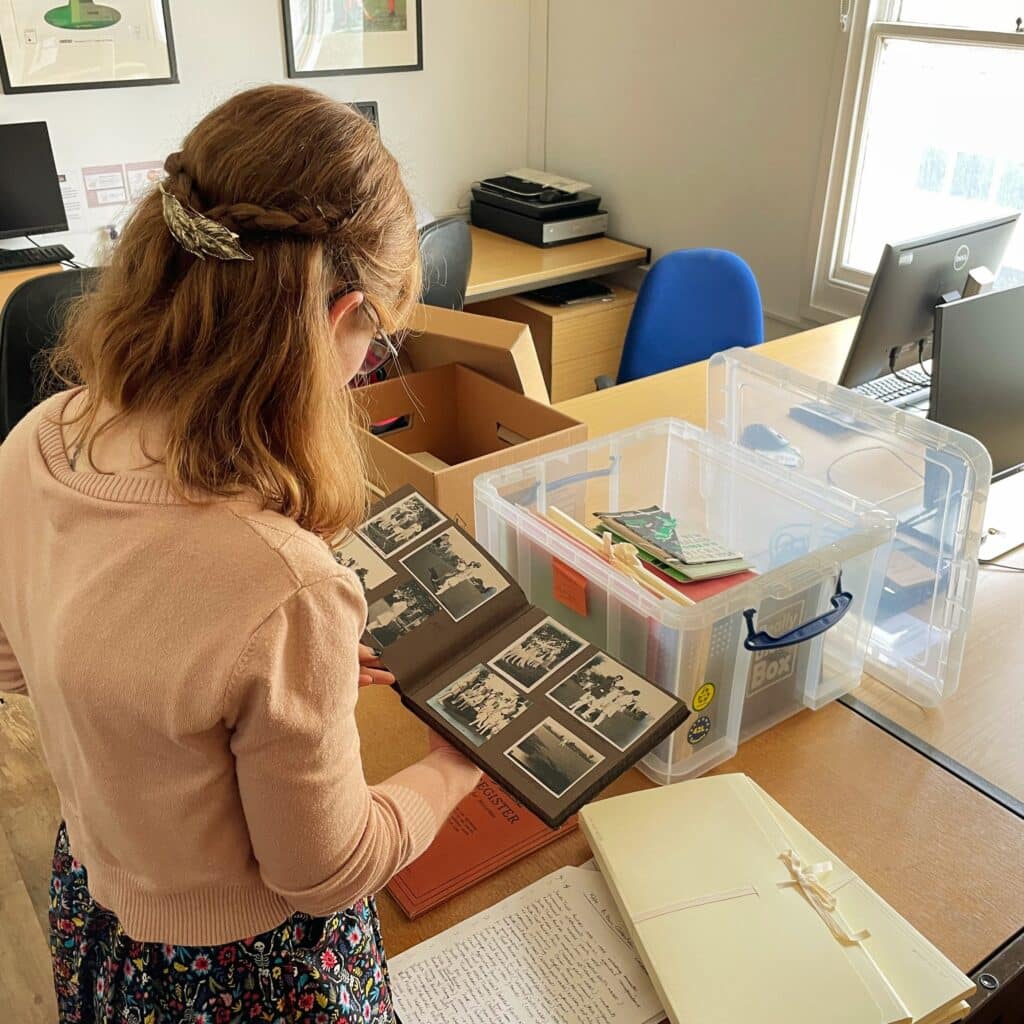
Doctoral placement student Hannah looks through one of the many archive collections held at The Hockey Museum.

